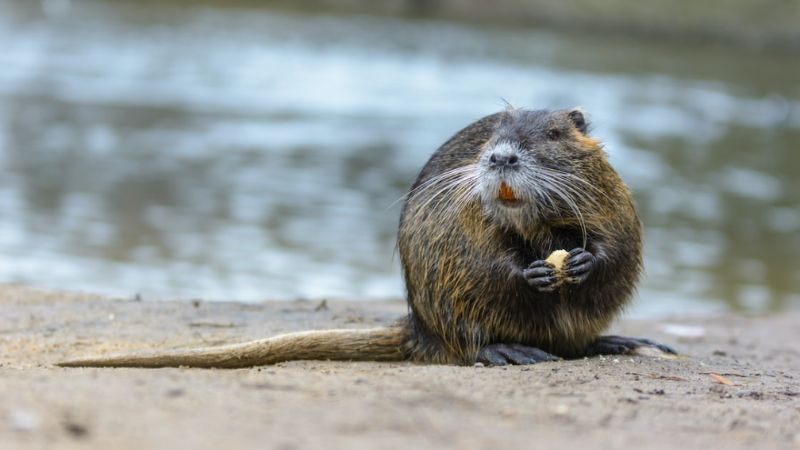Invasive species are non-native organisms that cause significant harm to ecosystems, economies, and human health. North America has been grappling with numerous invasive species that have drastically altered its landscapes and ecosystems. Here, we delve into eight invasive species that wreak havoc across the continent.
Zebra Mussels
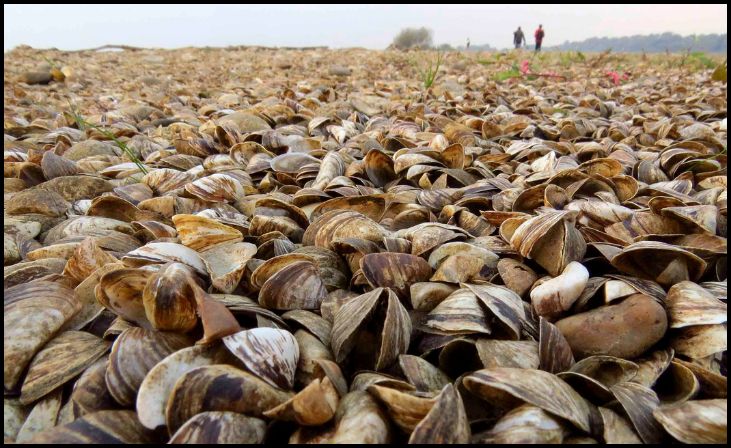
Zebra mussels, native to the freshwater lakes of southeast Russia, were first discovered in North America in the late 1980s. They quickly spread throughout the Great Lakes and other waterways. These small, fingernail-sized mollusks attach to hard surfaces in large numbers, clogging water intake pipes and damaging boats and docks. Their presence disrupts local ecosystems by outcompeting native mussels for food and habitat. Additionally, they filter water to the extent that they remove significant amounts of plankton, impacting the food web and the species that rely on these tiny organisms for sustenance.
Burmese Pythons

Burmese pythons, originally from Southeast Asia, have become a significant problem in the Florida Everglades. Released by pet owners or escaping captivity, these large constrictor snakes have established a breeding population in the wild. They prey on a wide range of native wildlife, including birds, mammals, and reptiles. The absence of natural predators allows their population to grow unchecked, leading to a decline in the populations of many native species. The python’s impact is so severe that some areas of the Everglades report drastic reductions in small mammal sightings, fundamentally altering the region’s ecological balance.
European Starlings

European starlings were introduced to North America in the 1890s by a group of Shakespeare enthusiasts who wanted to bring every bird mentioned in the playwright’s works to the continent. These birds have since become one of the most common and destructive invasive species. They compete aggressively with native birds for nesting sites and food, often driving them out of their habitats. European starlings also cause significant agricultural damage by feeding on crops and fruits, leading to substantial economic losses. Their large, noisy flocks can also be a nuisance in urban areas, posing risks to air travel and property.
Kudzu
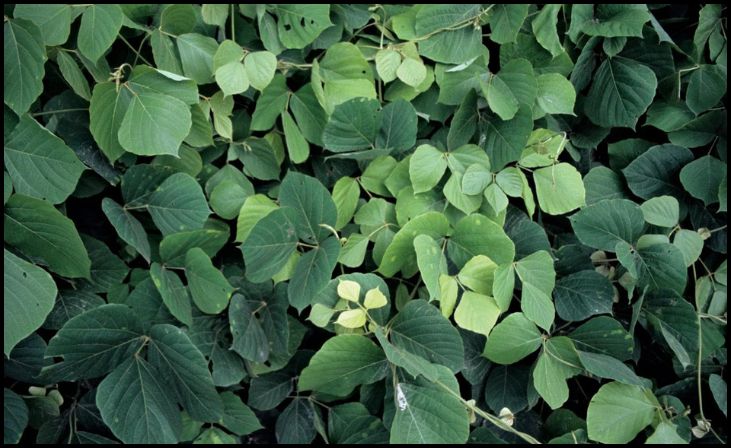
Kudzu, a vine native to Asia, was introduced to the United States in the late 19th century for erosion control and as ornamental plants. However, it quickly became known as “the vine that ate the South” due to its aggressive growth. Kudzu can grow up to a foot per day, smothering trees, shrubs, and buildings under a dense blanket of foliage. This rapid growth outcompetes native vegetation, leading to the loss of biodiversity and habitat. Controlling kudzu is challenging and costly, requiring continuous effort to prevent it from reclaiming treated areas.
Emerald Ash Borer
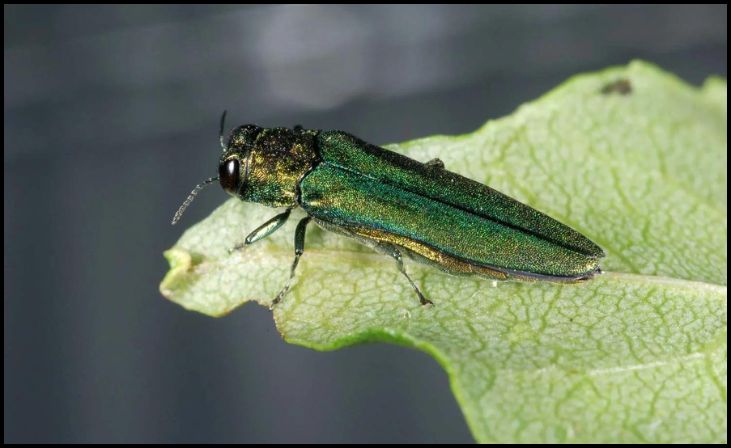
The emerald ash borer, a beetle native to northeastern Asia, was first detected in North America in 2002. Since then, it has caused the death of millions of ash trees across the continent. The larvae of the emerald ash borer burrow into the bark of ash trees, disrupting the flow of water and nutrients and eventually killing the trees. The loss of ash trees has significant ecological and economic consequences, including the loss of habitat for wildlife and increased costs for municipalities and property owners to remove dead and dying trees. Efforts to control the spread of the beetle have met with limited success.
Asian Carp
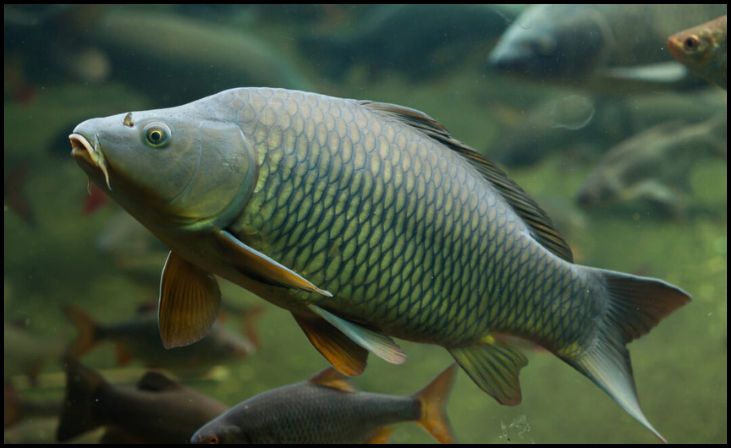
Asian carp, including species like silver carp and bighead carp, were imported to the United States in the 1970s to control algae and weed growth in aquaculture ponds. Unfortunately, they escaped into the wild and have since spread throughout the Mississippi River Basin and other waterways. Asian carp are highly prolific and consume large quantities of plankton, depriving native fish and other aquatic species of a crucial food source. Their presence threatens the ecological balance of waterways and the fishing industries that depend on them. Efforts to prevent their spread to the Great Lakes have included physical barriers and targeted fishing.
Brown Marmorated Stink Bug
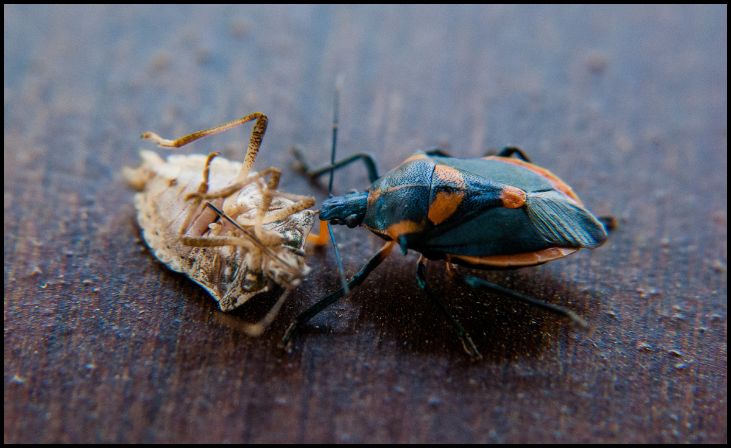
The brown marmorated stink bug, native to East Asia, was first identified in North America in the late 1990s. These insects are notorious for their unpleasant odor when crushed and their tendency to invade homes in large numbers. Agriculturally, they are a significant pest, feeding on a wide variety of crops, including fruits, vegetables, and ornamental plants. Their feeding damages crops, leading to economic losses for farmers. The stink bug’s ability to reproduce rapidly and its lack of natural predators in North America make it a challenging pest to control.
Cane Toads
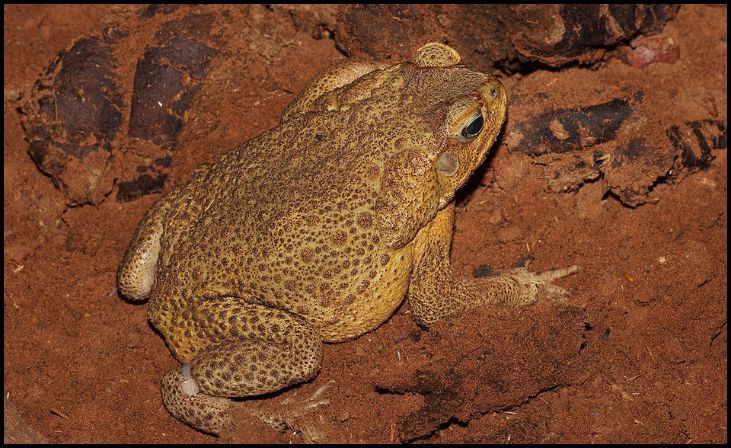
Cane toads, native to Central and South America, were introduced to Australia and Florida to control agricultural pests. However, they have become a severe invasive species. In North America, particularly in Florida, cane toads have thrived in urban and suburban environments. They pose a threat to pets and native wildlife due to the potent toxins they secrete from their skin. These toxins can be fatal if ingested. Cane toads compete with native species for food and habitat, further disrupting local ecosystems. Controlling their population is difficult due to their high reproductive rate and adaptability.
Conclusion
Invasive species pose a serious threat to North America’s ecosystems, economies, and human health. From the waterways clogged by zebra mussels to the forests decimated by the emerald ash borer, the impact of these non-native species is far-reaching and often devastating. Managing and mitigating the damage caused by these invasive species requires ongoing effort, research, and public awareness. Understanding the challenges they pose is the first step toward protecting and preserving the continent’s natural heritage.
